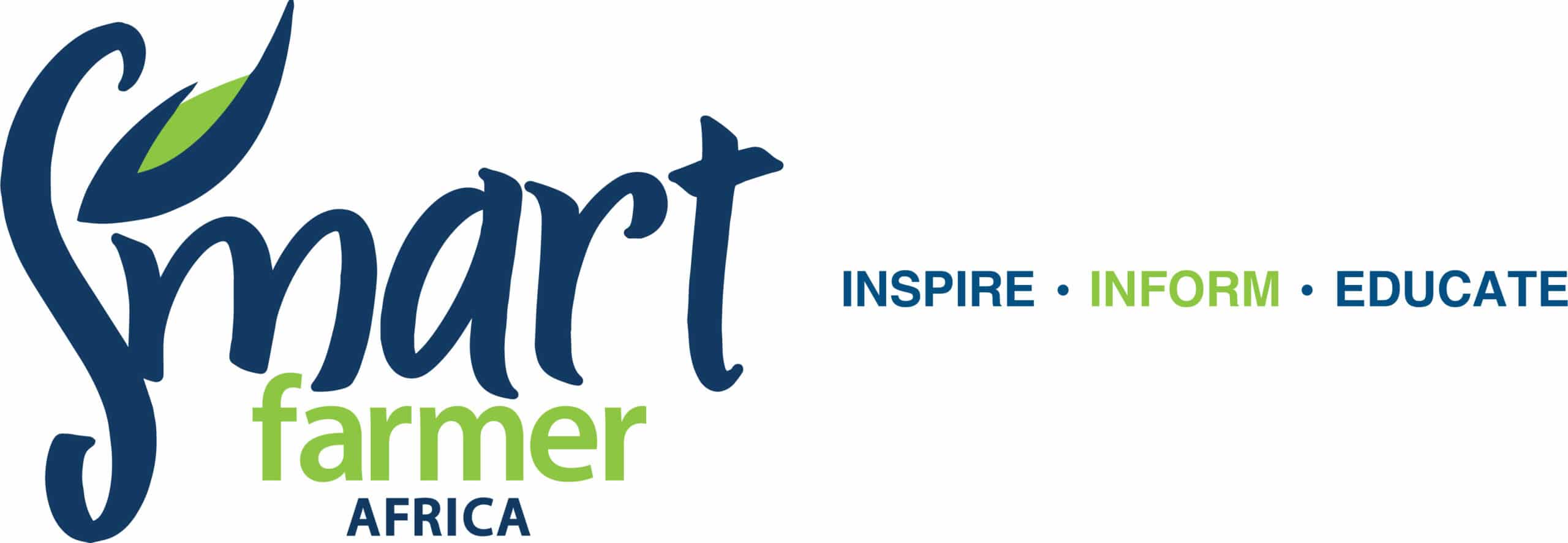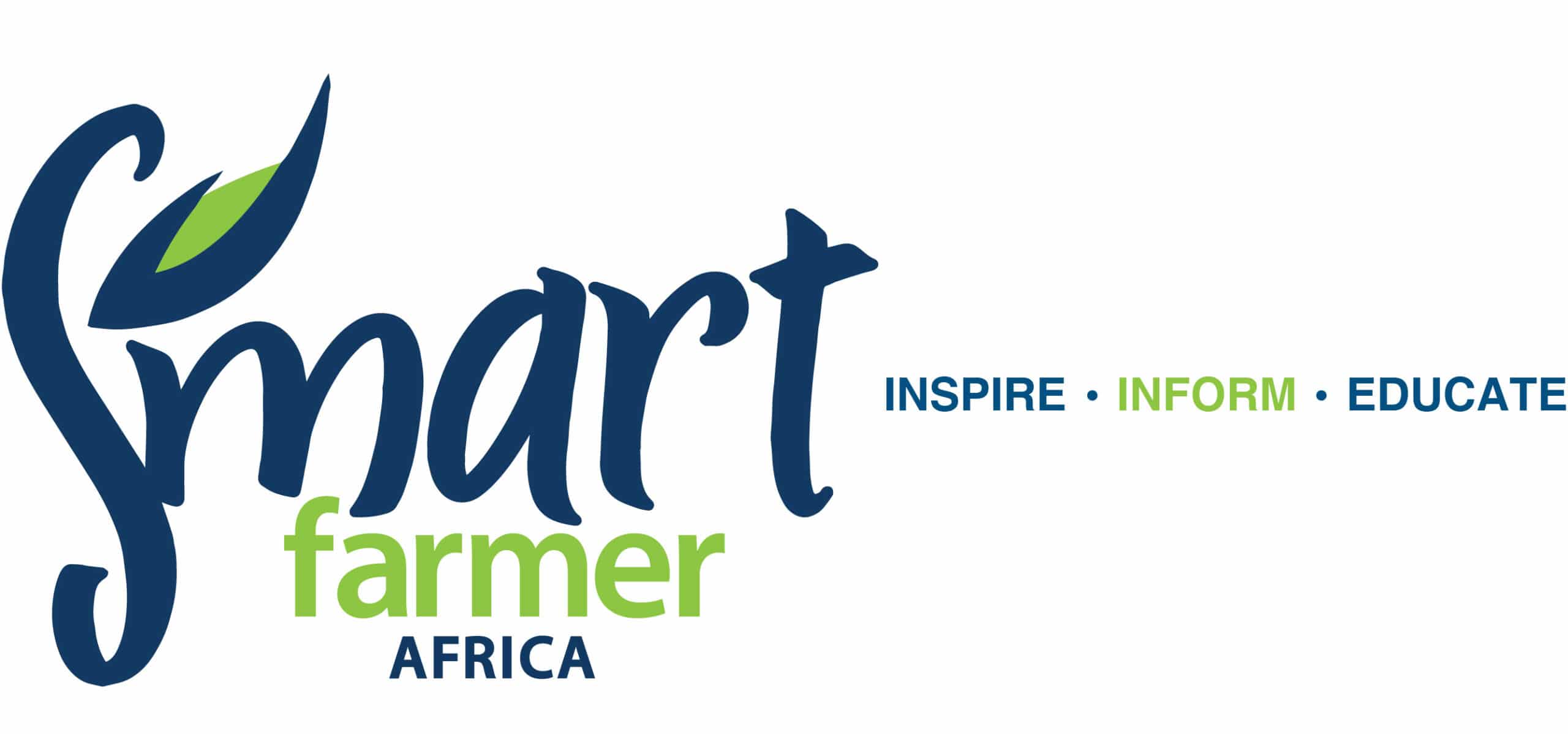A stoic parade of bulls, fit for the president
They were majestic, huge, sturdy, and strong, beautiful to look at. One by one they came. The Boran, Sahiwal, Jersey, Ayrshire, Friesian, Guernsey, and Magic50 were all guided by handlers who kept nudging and tugging at the nose rings to keep the bulls moving.
“The first three bulls are Boran. The first one, Yaonis, 781, is the oldest bull here, turning 14 years in the next two months. He was born in Makueni County,” announced Dr Paul Egesa, by loudspeaker, as he gave the names and profiles of each bull.
Sometimes, the handlers were at a loss as to what to do, as some of the bulls would adamantly refuse to move and decide to graze instead.
Some would let their bulls graze, but just for a moment, because the next one was coming.
“The next one is a five-year-old Boran from Oljepeta and the third a four-year-old is from Mbooni. Oljepeta is the main breeding point of most of these improved Borans,” the head of the Directorate of extension services explained. “That’s where we have our current embryo transfer facility.”


“The Borans come in different colours,” he said. “They can be grey or might come red, or brown. The only colour we don’t take is black and the brindle, the colour almost looking like a hyena. We don’t register these,” he added.
This was a bull parade being performed before an important guest, Dr Mokgweetsi E.K. Masisi, the President of Botswana, in the afternoon on March 1, at the Kenya Animal Genetic Resources Centre (KAGRC).
President Masisi had come to visit the bull station as part of an initiative between Kenya and Botswana, aimed at enhancing livestock development. The President was first given a tour of the KAGRC laboratories, where he witnessed demonstrations on semen production, preservation, and processing, alongside observing the parade of local breeds and exotic breeds to emphasise the significance of genetic diversity in livestock development.
“We bring these bulls here when they are one month old,” Dr Egesa explained, adding that the station stopped importing bulls from Europe in the 1970s into 80s, when the country had a good enough herd to produce its own bulls.
“We contract farmers and pick bulls from the best farms,” he added.
He kept on breaking in between his description of the bulls to explain the due diligence performed by the AI Station to ensure that the country has quality breeds.
“We have a stud book where we do registrations, a dairy milk recording service, butterfat laboratories and a livestock recording centre, where we evaluate and do project testing. From the latter we get breeding value estimates that we use to decide which cow becomes the mother of the next bull that comes here,” he added.
Micro and Small Enterprises and Cooperatives Cabinet Secretary Simon Chelugui stressed the pivotal role of science in achieving Kenya’s ambitious dairy production goal of attaining 10.2 billion litres of milk.
“I, too, am amazed by what I am seeing,” he said. “I have not been here despite being a very good beef farmer. I’ve been buying my bulls from farmers and not been using science. You are aware of our plan as a country to grow our daily production from 5.2 billion litres per year to 10.2 billion litres. We can’t achieve this without science or research,” he said.


About beef, the CS pointed out that markets such as Europe and Middle East are looking up to Africa for production.
“Most of their beef comes from Australia and Brazil, flown on 18-hour flights, yet Africa is much closer to these countries,” the CS said.
Africa, he added, can serve these markets if it can harness its potential. “We can approach this as a region and collaborate to produce the right amount of beef to serve our region and the neighbourhood,” he said.
Speaking on behalf of the Botswana President and delegation, Dr Lemogang Kwape, Minister of Foreign Affairs, thanked KAGRC for opening its doors and sharing its skills.
“This is the beginning of great things to come. We have been taking notes copiously and we are getting ready to work,” he said. “Our relationship is solid, and we want to assure you that we will be working closely with you to deliver not only on the milk, but also on the beef, and most importantly, on the technologies that you may have.”



